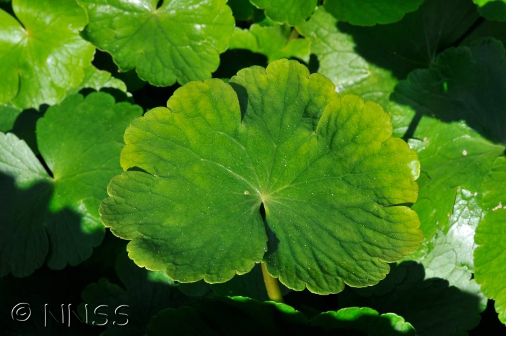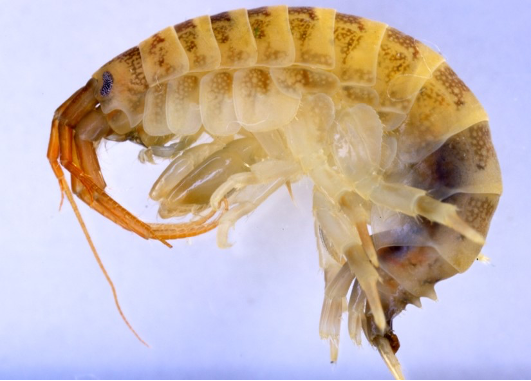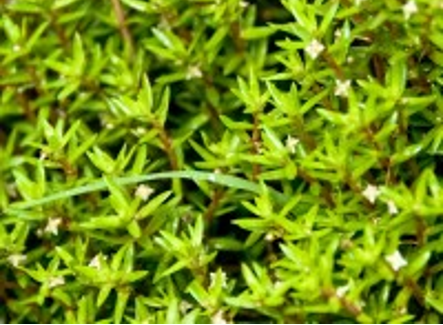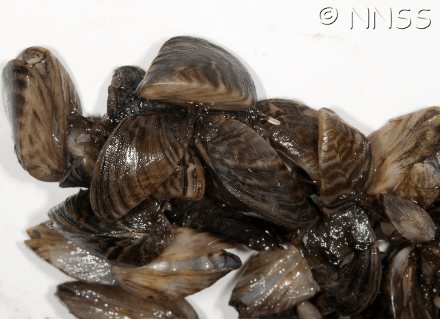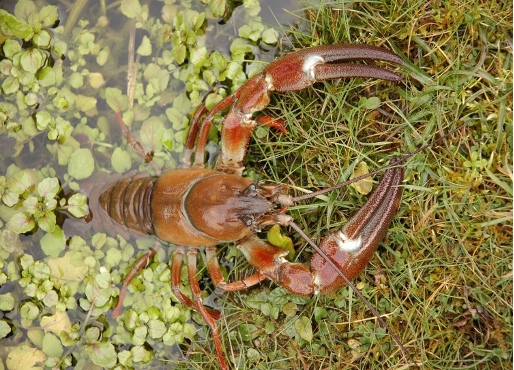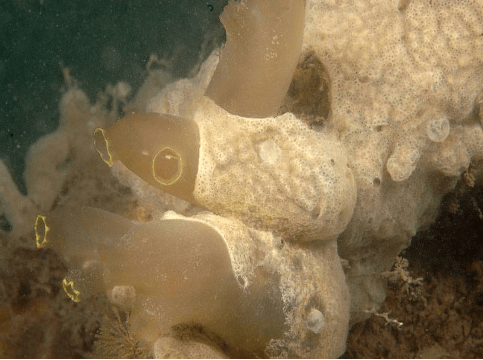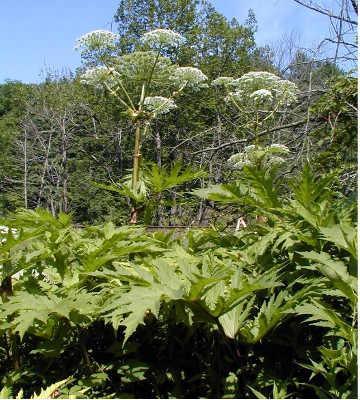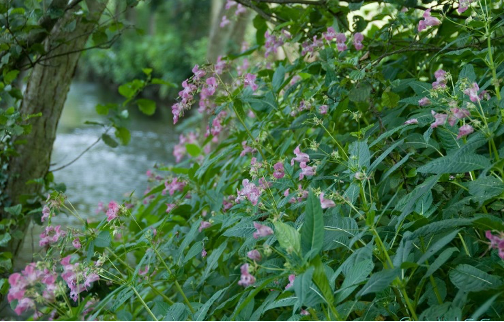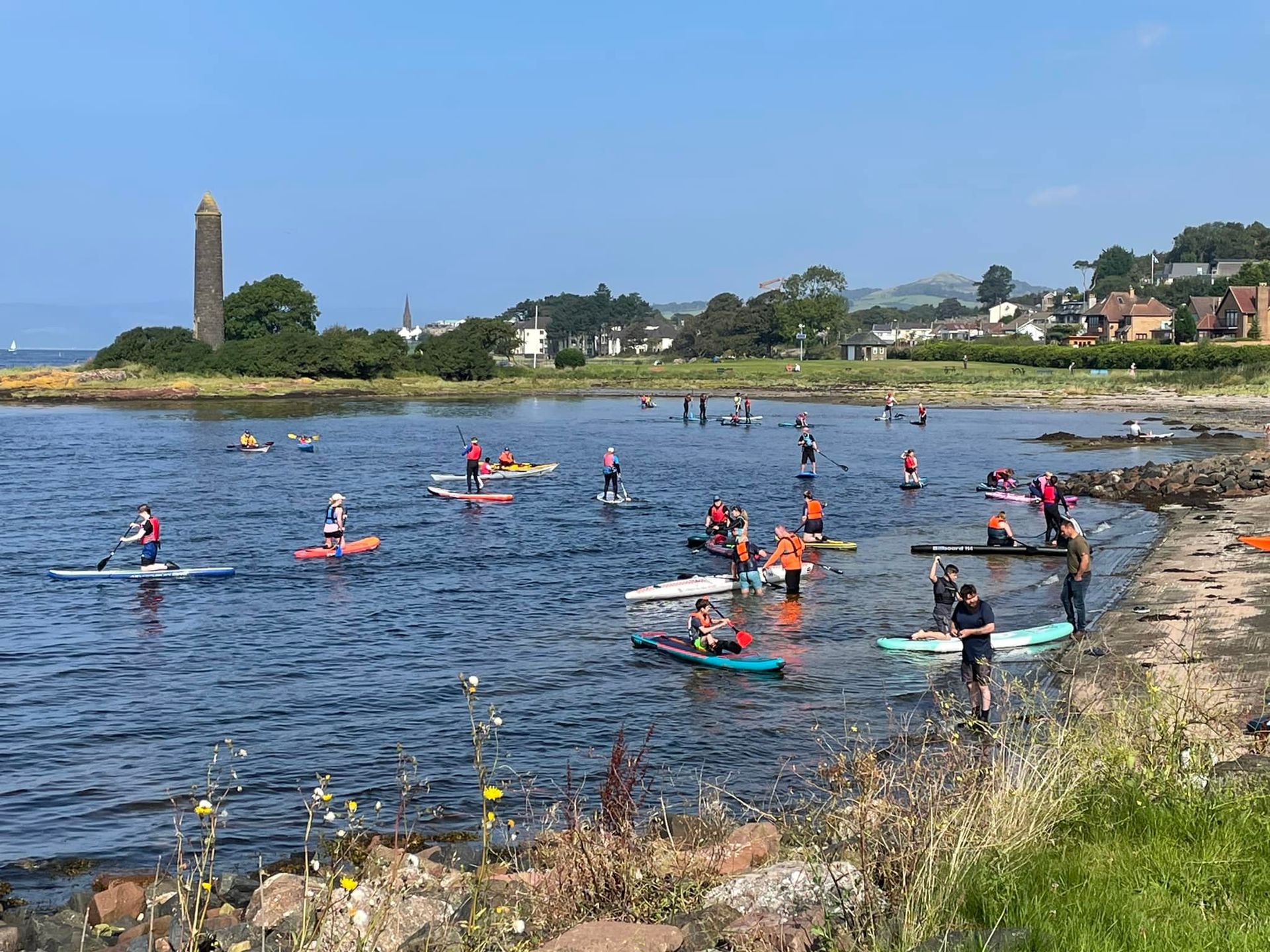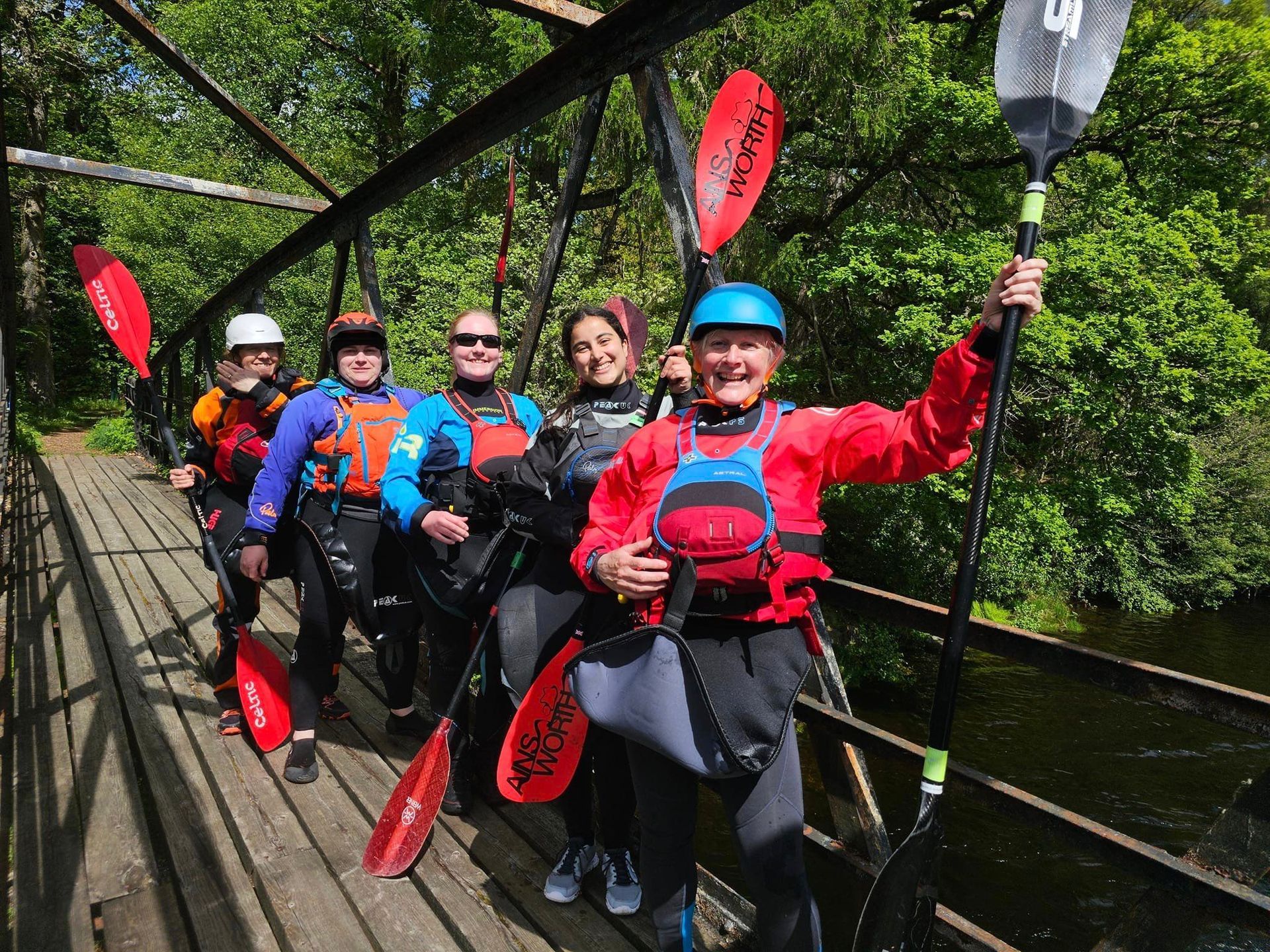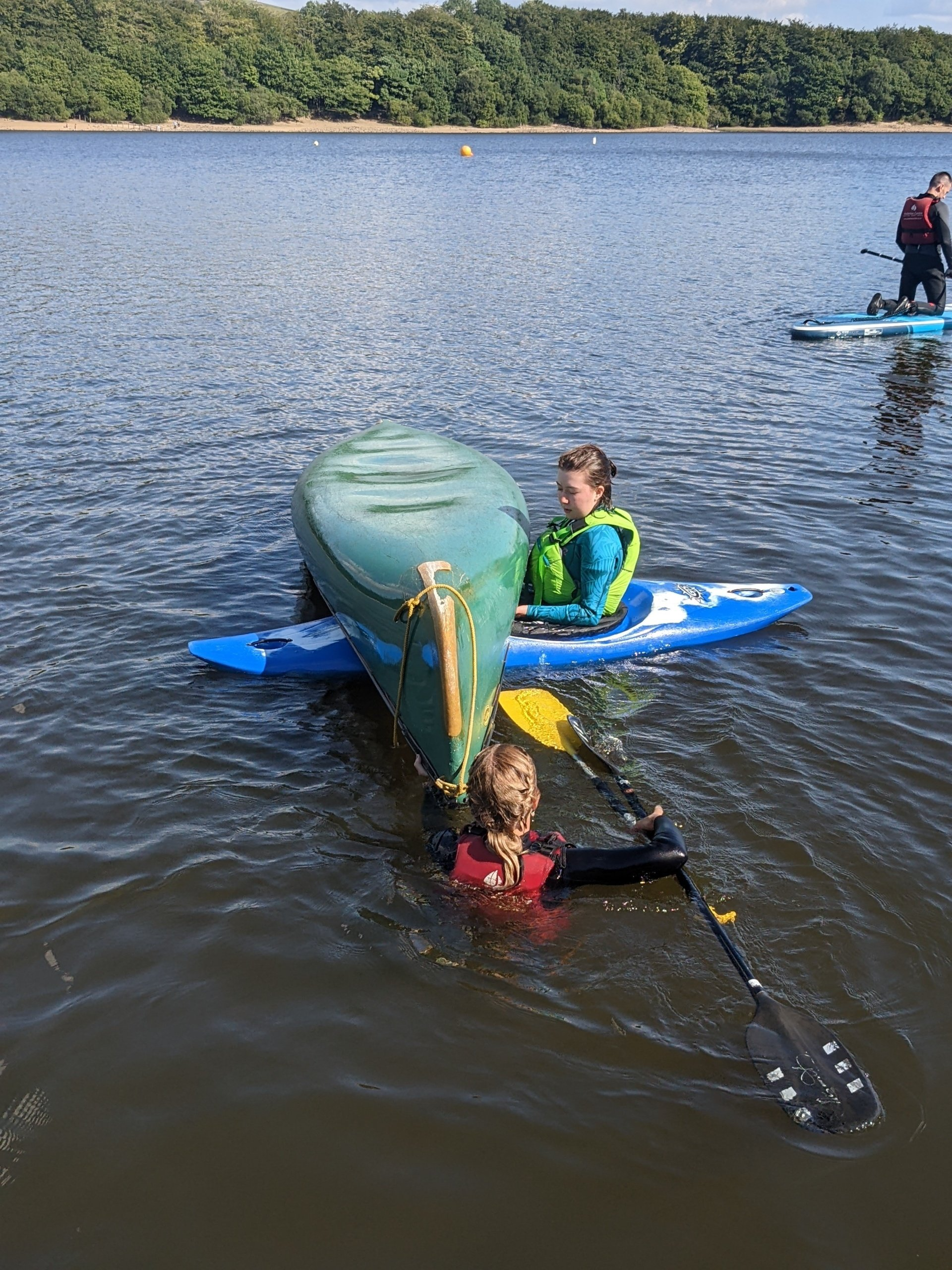Floating pennywort (Hydrocotyle ranunculoides)
Floating pennywort (also called water pennywort) grows in fresh water. It can grow up to 20 centimetres a day, blocking out light and reducing the oxygen for other plants and animals. It blocks waterways, preventing access to the water and increasing the risk of flooding.
Floating pennywort:
- has shiny, kidney-shaped leaves with crinkled edges
- is usually found floating on still or slow-moving fresh water

